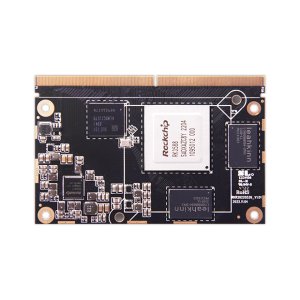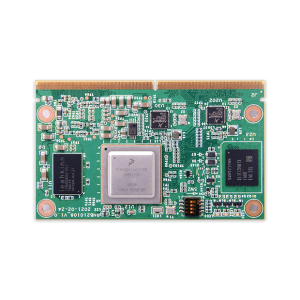Designing with Computer on Module: A Complete Guide for Developers
Designing with Computer on Module: A Complete Guide for Developers
Blog Article
Edge computing has emerged as a revolutionary trend in the tech business, allowing faster information handling and paid down latency by taking computational power nearer to where information is created. An integral advancement encouraging that transformation could be the rise of system on module which are compact, successful, and adaptable research devices made to combine effortlessly in to personalized equipment systems.

The Position of Computer on Segments in Side Computing
Computer on Modules are becoming essential in side research because of their power to improve equipment style while sustaining sturdy processing capabilities. According to a recently available report by MarketsandMarkets, the international edge research market is predicted to cultivate from $40.84 thousand in 2021 to $132.11 billion by 2026, with COMs enjoying a substantial position in that expansion.
These adventures are especially impactful in industries requiring real-time knowledge evaluation at the edge. Like, the transportation industry employs COMs in autonomous vehicles for real-time decision-making, while smart towns use them to control methods like traffic flow and energy distribution.
Compact and Functional Style
Among the standout faculties of Computer on Adventures is their compact and modular design. This permits designers to include high-performance computing power in to edge products without the need for extensive hardware redesign. A study by IoT Analytics unearthed that 68% of organizations utilizing IoT solutions contemplate modular electronics like COMs crucial for fast implementation and scalability.
COMs also support custom-made configurations, creating them suited to a wide selection of applications, from industrial automation to healthcare. Their power to conform to certain demands is just a operating force behind their ownership in side research systems.
Power Performance and Performance
Side processing units frequently perform in conditions with confined power resources. COMs address this problem by providing improved energy effectiveness without diminishing on computational strength. A study by Allied Industry Study outlined that energy-efficient side processing options are anticipated to dominate the industry through 2030, positioning COMs as a vital part for reaching this goal.
Furthermore, with improvements in processors and incorporated artwork, COMs now offer the performance required for AI-driven programs at the edge. That not only improves real-time features but in addition decreases dependence on centralized cloud systems.
Why the Potential Goes to COMs
With worldwide knowledge era projected to reach 175 zettabytes by 2025, edge research is set to be more integral than ever. Pc on Segments provide an adaptable, energy-efficient, and scalable alternative for handling this influx of data. Their relevance across varied sectors like healthcare, production, and telecommunications only underscores their essential role in surrounding the ongoing future of side computing.
COMs are no more only a technological tendency; they are the backbone of next-generation edge programs operating advancement and effectiveness over the globe. As the demand for side research continues to grow, so can the significance and influence of COMs in that quickly growing landscape. Therefore, it's secure to say that Computer on Segments are here to keep and will keep on surrounding the future of edge computing.

Realization
Side processing is transforming the way in which we method and utilize knowledge, with Computer on Modules at the front with this revolution. Their lightweight design, versatility, energy performance, and efficiency make them a great solution for processing real-time information at the edge. As industries significantly depend on edge research due to their procedures, COMs may perform a crucial role in operating creativity and effectiveness in these systems. Report this page